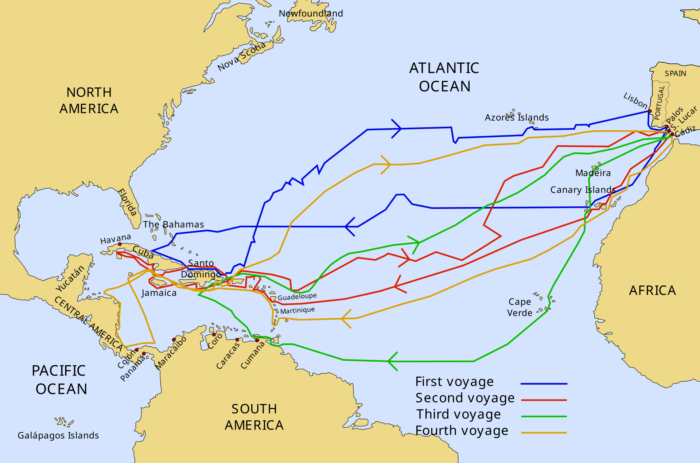redo Jump to...
print Print...
(by the Editors, WallStreetJournal.com) – The men from Detroit [came to] Washington [this week] … to make another pitch for a taxpayer rescue. Meanwhile, in the other American auto industry you rarely read about, car makers are gaining market share and adjusting amid the sales slump, without seeking a cent from the government.
These are the 12 “foreign,” or so-called transplant, producers making cars across America’s South and Midwest. Toyota, BMW, Kia and others now make 54% of the cars Americans buy. The internationals also employ some 113,000 Americans, compared with 239,000 at U.S.-owned carmakers, and several times that number indirectly.
The international car makers aren’t cheering for Detroit’s collapse. Their own production would be hit if such large suppliers as the automotive interior maker Lear were to go down with a GM or Chrysler. They fear, as well, a protectionist backlash. But by the same token, a government lifeline for Detroit punishes these other companies and their American employees for making better business decisions.
The root of this other industry’s success is no secret. In fact, Detroit has already adopted some of its efficiency and employment strategies, though not yet enough. To put it concisely, the transplants operate under conditions imposed by the free market. Detroit lives on Fantasy Island.
Consider labor costs. Take-home wages at the U.S. car makers average $28.42 an hour, according to the Center for Automotive Research. That’s on par with $26 at Toyota, $24 at Honda and $21 at Hyundai. But include benefits, and the picture changes. Hourly labor costs are $44.20 on average for the non-Detroit producers, in line with most manufacturing jobs, but are $73.21 for Detroit.
[Review & Outlook]
This $29 cost gap reflects the way Big Three management and unions have conspired to make themselves uncompetitive — increasingly so as their market share has collapsed (see the nearby chart). Over the decades the United Auto Workers won pension and health-care benefits far more generous than in almost any other American industry. As a result, for every UAW member working at a U.S. car maker today, three retirees collect benefits; at GM, the ratio is 4.6 to one.
The international producers’ relatively recent arrival has spared them these legacy burdens. But they also made sure not to get saddled with them in the first place. One way was to locate in investment-friendly states. The South proved especially attractive, offering tax breaks and a low-cost, nonunion labor pool. Mississippi, Alabama, Tennessee and South Carolina — which accounted for a quarter of U.S. car production last year — are “right-to-work” states where employees can’t be forced to join a union.
The absence of the UAW also gives car producers the flexibility to deploy employees as needed. Work rules vary across company and plant, but foreign rules are generally less restrictive. At Detroit’s plants, electricians or mechanics tend to perform certain narrow tasks and often sit idle. That rarely happens outside Michigan. In the nonunionized plants, temporary workers can also be hired, and let go, as market conditions dictate.
All the same, Mitsubishi Eclipses and Toyota Corollas are made by UAW workers at plants in Illinois and California. In each case, unions have made concessions to ensure the jobs stay put. Honda makes the Civic and Accord in two plants in Ohio, which isn’t a right-to-work state. But attempts to unionize foreign-owned factories have generally been unsuccessful, most recently at Nissan; their workers know too well what that has meant for their UAW peers. Since 1992, the Big Three’s labor force declined 4.5% on average every year; the international grew 4.3%. According to the Center for Automotive Research, for every job created by the transplant producers, Detroit shed 6.1 jobs in the U.S., 2.8 of them in Michigan.
Another transplant advantage: Their factories are newer and production process simpler. As a result, they can switch their assembly lines to different models in minutes. In response to the economic downturn, Hyundai decided to make more fuel-efficient Sonata sedans and fewer of the larger Santa Fe model at its Montgomery, Alabama plant, sparing steeper production cuts. Such a change would take weeks at UAW plants.
It’s true that at the foreign companies, strategic decisions are taken and much of the value-added design and engineering is done back home. But both U.S. and the Japanese and European companies have tended to move operations closer to large markets. The expansion of manufacturing in the U.S. has brought research and development. Honda stands out for designing some cars from the ground up in the U.S. The foreigners account for a small but growing chunk of the $18 billion in yearly development spending. And while headquartered overseas, the companies have millions of American shareholders — either directly or through pension funds. Is Honda a Japanese or an American company nowadays? It really is both.
As GM CEO Rick Wagoner recently wrote on these pages, the Detroit companies have finally begun to adapt to this real economic world. Last year Detroit struck a deal with the unions to unload retiree health obligations by 2010 to a trust fund set up by the UAW. The trio’s productivity has improved as well. In 1995, a GM car took 46 hours to make, Chrysler 43 and Toyota 29.4. By 2006, according to Harbour Consulting, GM had moved it to 32.4 hours per vehicle and Chrysler 32.9. Toyota stayed at 29.9.
Yet these moves born of desperation have come so late that the companies are still in jeopardy. Both management and unions chose to sign contracts that let them live better and work less efficiently in the short-term while condemning the companies to their current pass over time. It is deeply unfair for government now to ask taxpayers who have never earned such wages or benefits to shield the UAW and Detroit from the consequences of those contracts.
There’s no natural law that America must have a Detroit automotive industry, any more than steel had to be made for all time in Bethlehem, Pennsylvania or textiles in New England. Britain sold off all its car plants to foreigners and was no less an advanced economy as a result, though it was a healthier one. Detroit may yet adjust to avoid destruction in the best spirit of American capitalism. The other American car industry is a model for how to do it.
Copyright 2008 Dow Jones & Company, Inc. All Rights
Reserved. Reprinted here for educational purposes only. Visit the
website at wsj.com.
Questions
1. a) How many companies belong to the other American auto industry?
b) Name those mentioned in the article.
2. a) How many Americans do the Big Three carmakers employ?
b) How many do the foreign-owned carmakers in the U.S. employ?
3. How will the foreign carmakers in the U.S. be affected if the Big Three go under?
4. List the factors contributing to the foreign carmakers success in the U.S. even as the Big Three fail. (para. 5-10)
5. a) What are the hourly take-home wages for U.S. and foreign carmakers’ employees?
b) What are the hourly wages for each including benefits?
c) Ask a parent or teacher what is typically included in an employees’ benefits.
6. Legacy costs (referred to in para. 7) refer to company obligations to pay heath care costs and pensions for current employees and retirees. Legacy costs are widely credited with handicapping American auto manufacturers and older airlines worldwide, diminishing their competitiveness. Organized labor (unions) sees such criticism as part of a desire to abandon any form of social contract between worker and employer.
How did foreign carmakers operating in the U.S. avoid legacy burdens?
7. What do you think of this comparison between the Big Three and America’s “Other Auto Industry?”


